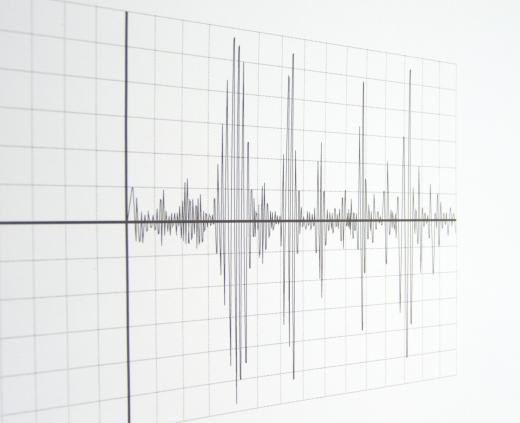There are many different types of seismic services but the two main types are reflection seismology and mining seismology. Reflection seismology is referred to as “seismic” and is used primarily in the oil industry to map rock formations. Mining seismology measures disturbances in rock caused by mining excavations.
Seismology is the study of seismic waves, which are waves of energy that travel through the earth. These waves are caused by earthquakes or vibrations from natural and artificial causes. Some natural sources create low-amplitude waves called ambient vibrations. Seismic waves are measured by various seismic services, including seismographs, accelerometers, geophones or hydrophones, and are studied by seismologists and geophysicists.

Seismology can be broken into two types: passive and active. Passive is simply recording any waves or vibrations from rock formations and is used in mining seismology. Active means a source at the surface, like an explosion, is used to create vibrations and the reflection or refraction of the waves is measured.
Mining seismology has been used to monitor any movement in rock due to mining excavations. The seismic activity that is recorded is much smaller in magnitude than the seismic activity of earthquakes. Mining seismology studies how the mass of rock is affected by mining. This is needed to predict the risk of damaging seismic activity caused by mining as it is essential to know how rock breaks under the ground to make mining shafts safer.
Reflection seismology is another of the seismic services available. It is also called seismic reflection and is used extensively in the oil industry. It is used to map the structure of rock formations under the surface of the earth.
The disturbance on the surface that is used to make waves can be an explosion, a certain kind of air gun that shoots a column of air into the ground, or a seismic vibrator. These elastic waves are used to image the structure of formations. The time it takes these waves to reach a destination is measured and the depth of a subsurface feature that made the reflection is estimated. This process is similar to echolocation, used by animals, and sonar.
Reflection seismology is used in the oil industry to search for hydrocarbons, like oil and natural gas. It can be used on land, in the water, or in a transition zone between the two, like in deltas, across coral reefs, swamps or coastal tidal areas. It is used to explore for coal, minerals, ores and geothermal energy. Basic research into the origin and formation of the rock matter within the earth’s crust also uses reflection seismology.
Another type of seismic service that is available is very similar to reflection seismology is ground penetrating radar, or GPR. Instead of using elastic waves, it uses electromagnetic waves. It is used mainly for imaging shallow areas up to several meters in depth. Ground penetrating radar works by sending radar pulses of electromagnetic radiation in the microwave band into the ground and measures the signals that have reflected off the subsurface structures to map the area. These are just a few of the different types of seismic services available for exploration and gathering information.
